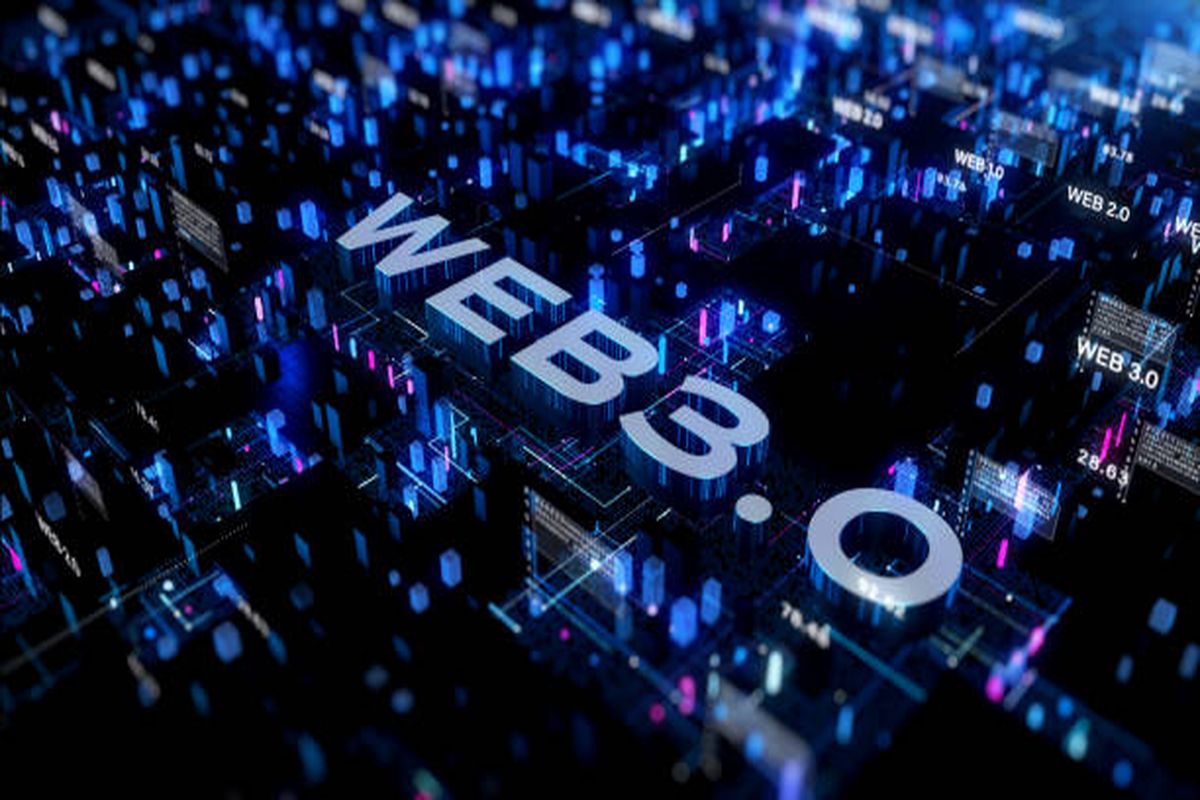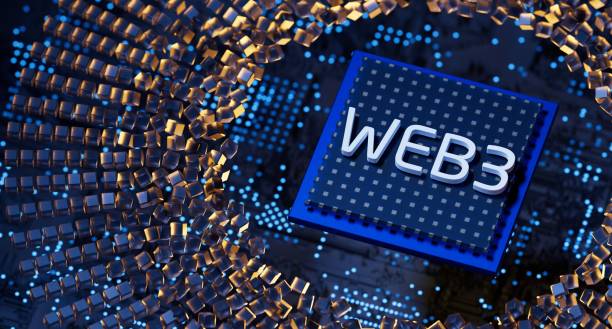Web 3.0, often known as the decentralized web, is expected to be the next major technological breakthrough in the industry. To improve privacy, data protection, and human-like interaction, it will take a sentimental turn toward the original vision of the World Wide Web, or Web 1.0 and 2.0.
Even as far back as 2006, people have envisioned a more open and honest Internet. Unfortunately, at the time, the necessary infrastructure and technology just did not exist to make this a reality. It would be another three years before Bitcoin, with its novel idea of a decentralized, blockchain-based distributed ledger for peer-to-peer digital storage, would emerge.
The goal was to achieve decentralization, and blockchain technology provided the means to do it. The term “Human-Centered Internet” describes what we have today. Let’s go down the main advantages of Web 3.0.
Empowering End Users
Thanks to Web3, users will once again have full access to, and control over, their data, with the added peace of mind that comes from using encryption.
They will have control over what personal data is shared and used by third parties like marketers, researchers, and advertisers. One way to achieve this goal is to equip web service users with straightforward interfaces that explain the data they are submitting to the service.
Not only does it have far-reaching effects on consumers’ right to privacy and security, but it also has the potential to give them a complete say over any customizations made to their experience, and even pay them for sharing their data.
Ownership
Web3 is driven by distributed ledger technology and decentralization, which makes content creation accessible to more people and does away with the need for a central authority. With Web2, the material is stored, shared, and monetized through social media platforms.
Instead, on Web3, individuals can gain tokens by direct community participation and activity. A user who purchases a token can consider themselves a part owner of the project, as tokens have a real-world monetary worth.
Privacy
Through a decentralized system, you can manage your own online persona and data. With Web3, you’ll have greater say over how and where your personal data is shared online. And you obtain a cryptographically safe method of establishing the information’s veracity.
In addition to that, trade-supporting bots like bitcoin future and others are also in the market to aid users with secure transactional suggestions.
Security
Blockchain technology is safe and tamperproof; information cannot be modified or hacked without intervention being noticed.
It is a significant improvement over the present system, where information may be duplicated or stolen even without the user knowing. It is recommended, however, to only utilize audited web3 applications because there may be numerous unsafe ones.
Related: How Does Web3 Resolve Fundamental Issues In Web2?
Opportunity
All Web3 projects are freely available and can be built upon by anyone. Web 3.0 functions like Lego blocks, where each component may be interconnected and reused, whereas Web 2.0 required restricted API access.
One term for this is “composability.” This paves the door for repurposing components of completed projects to build something unique, making it simple to come up with novel, high-value ideas.
The Bottom Line
This could be different with Web3. Tokens representing your data and assets will be stored in your own “suitcase,” such as a cryptocurrency wallet or a self-sovereign identity (SSI) platform. Instead of associating your possessions with a service, they will be tied to who you are.
This means you can move freely between different platforms without losing any of your data. In addition, this can significantly affect the degree to which smart home and city devices can communicate with one another.









